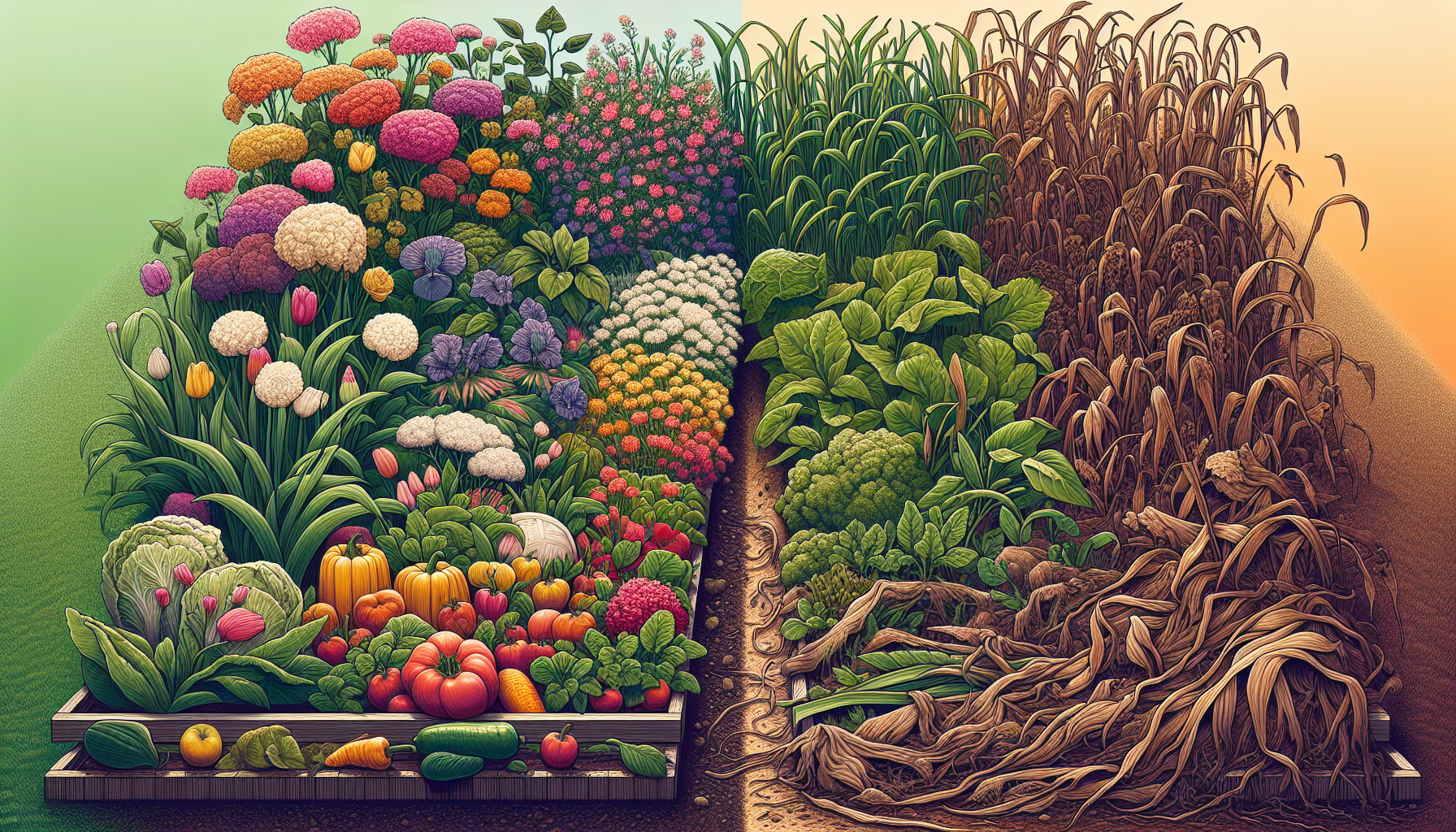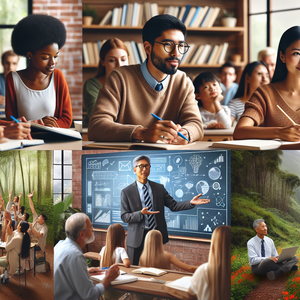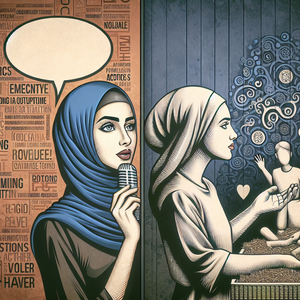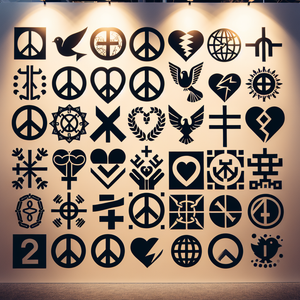The Psychology of Minecraft: Why We Love to Build

At the heart of Minecraft lies the joy of creation. The game empowers players to become architects of their own worlds, tapping into a fundamental human desire to create and innovate. According to Dr. Scott Barry Kaufman, a psychologist and creativity expert, engaging in creative activities triggers the release of dopamine, a neurotransmitter closely associated with pleasure and reward. In Minecraft, players can visualize their ideas and construct them block by block, leading to a profound sense of satisfaction and accomplishment. For instance, a player might spend hours designing a sprawling castle complete with secret passageways and hidden rooms. The ability to bring one's imagination to life not only fosters creativity but also cultivates a sense of ownership and pride. This creative process is similar to other forms of artistic expression, where the act of creation can be therapeutic and fulfilling, providing players with a sense of purpose and identity that transcends the virtual space.
Safe Spaces and Stress Relief
In addition to the joy of creation, Minecraft provides players with a safe space to escape the stresses of everyday life. The game’s open-world design allows players to explore and create at their own pace, fostering an environment where they can unwind and express themselves freely. Dr. Katherine Isbister, a researcher in game design, emphasizes that games like Minecraft can have therapeutic effects, offering players a refuge from the pressures and anxieties that often accompany real-life responsibilities. This freedom to explore without fear of judgment or failure promotes relaxation and mindfulness. For many players, the immersive experience of building and crafting serves as a form of meditation, allowing them to focus on the present moment and escape from daily stressors. The blocky landscapes and soothing soundscapes of Minecraft contribute to a calming atmosphere, making it an ideal environment for players seeking solace and rejuvenation.
Community and Collaboration
One of the most compelling aspects of Minecraft is its emphasis on community and collaboration. Players often join forces to work on large-scale projects, share ideas, and celebrate each other's creations. This social dimension is critical to the human experience, as social connection is a fundamental need. Dr. John Cacioppo, a leading expert on loneliness, notes that forming connections with others is essential for emotional well-being. Minecraft's multiplayer servers and online forums provide platforms for players to showcase their work, exchange tips, and support one another. Whether collaborating on a massive city build or simply sharing screenshots of their latest creations, players forge friendships and develop a sense of belonging that enhances their overall enjoyment of the game. These collaborative efforts foster a sense of community that transcends geographical boundaries, allowing players from diverse backgrounds to come together in a shared pursuit of creativity.
Learning Through Play
Beyond creativity and social interaction, Minecraft also serves as an innovative educational tool. Many players engage with the game not just for entertainment but as a means of honing valuable skills such as problem-solving, spatial awareness, and even coding. Educators have begun to harness Minecraft's potential to teach various subjects, including mathematics, history, and science, demonstrating how play can lead to significant learning experiences. For example, in educational settings, teachers have used Minecraft to create immersive environments where students can engage in historical reenactments or explore complex scientific concepts through interactive simulations. This blend of education and entertainment enriches the player's experience, making building in Minecraft not just a pastime but a valuable avenue for personal and intellectual growth.
The psychological allure of Minecraft lies in its ability to merge creativity, relaxation, and community into a single, immersive experience. As players engage with the game, they discover joy in creation, find solace from stress, and build meaningful connections with others. By understanding the psychological factors that contribute to our love for Minecraft, we gain deeper insights into why this blocky world continues to thrive and evolve. Ultimately, Minecraft is more than just a game; it is a canvas for expression, a sanctuary for relaxation, and a platform for connection that resonates with players of all ages. Whether constructing a dream home or embarking on an epic adventure, the essence of Minecraft remains the same: it offers a space for creativity and community, fulfilling our innate desires to create, connect, and explore.
Game Designer (Level Designer)
Ubisoft, Electronic Arts, indie game developers
Core Responsibilities
Create engaging and immersive levels that enhance player experience and support gameplay mechanics.
Collaborate with artists and programmers to integrate visual elements and functionality within the game environment.
Conduct playtesting sessions to gather feedback and iterate on level design based on player interaction.
Required Skills
Proficiency in level design software such as Unity or Unreal Engine.
Strong understanding of game mechanics, player psychology, and user experience.
Experience with scripting languages (e.g., C# or Lua) for game development.
Community Manager for Online Games
Mojang Studios, Riot Games, Valve Corporation
Core Responsibilities
Foster a positive community environment across forums, social media, and in-game interactions.
Organize events, contests, and collaborative projects to engage players and encourage interaction.
Monitor community feedback and communicate player insights to development teams for improvement.
Required Skills
Excellent written and verbal communication skills, with a knack for engaging diverse audiences.
Strong analytical skills to interpret community feedback and trends.
Familiarity with online gaming platforms and community management tools.
Game Educator/Trainer
Educational institutions, training organizations, educational game developers
Core Responsibilities
Develop and implement curriculum that incorporates game-based learning using platforms like Minecraft.
Conduct workshops and training sessions for educators on effective ways to use games for teaching various subjects.
Assess student engagement and learning outcomes to refine educational strategies.
Required Skills
Background in education, instructional design, or game-based learning methodologies.
Familiarity with educational tools and software, particularly Minecraft Education Edition.
Strong presentation and facilitation skills.
User Experience (UX) Researcher for Games
Game development companies, UX research agencies, tech startups
Core Responsibilities
Conduct user research to understand player needs, behaviors, and experiences within games.
Design and execute usability tests, interviews, and surveys to gather qualitative and quantitative data.
Collaborate with game designers to inform the development process based on player insights and improve gameplay.
Required Skills
Experience with UX research methodologies and tools (e.g., usability testing software, survey platforms).
Strong analytical skills to interpret research findings and present actionable recommendations.
Knowledge of gaming trends and player psychology.
3D Modeler for Video Games
Activision, Bungie, independent game developers
Core Responsibilities
Create high-quality 3D models and assets that align with the game’s aesthetic and design vision.
Collaborate with animators and designers to ensure models are optimized for performance and functionality.
Participate in the iterative design process, receiving and incorporating feedback from team members.
Required Skills
Proficiency in 3D modeling software such as Blender, Maya, or 3ds Max.
Strong understanding of texturing, lighting, and rendering techniques.
Ability to work with game engines to integrate models effectively.


